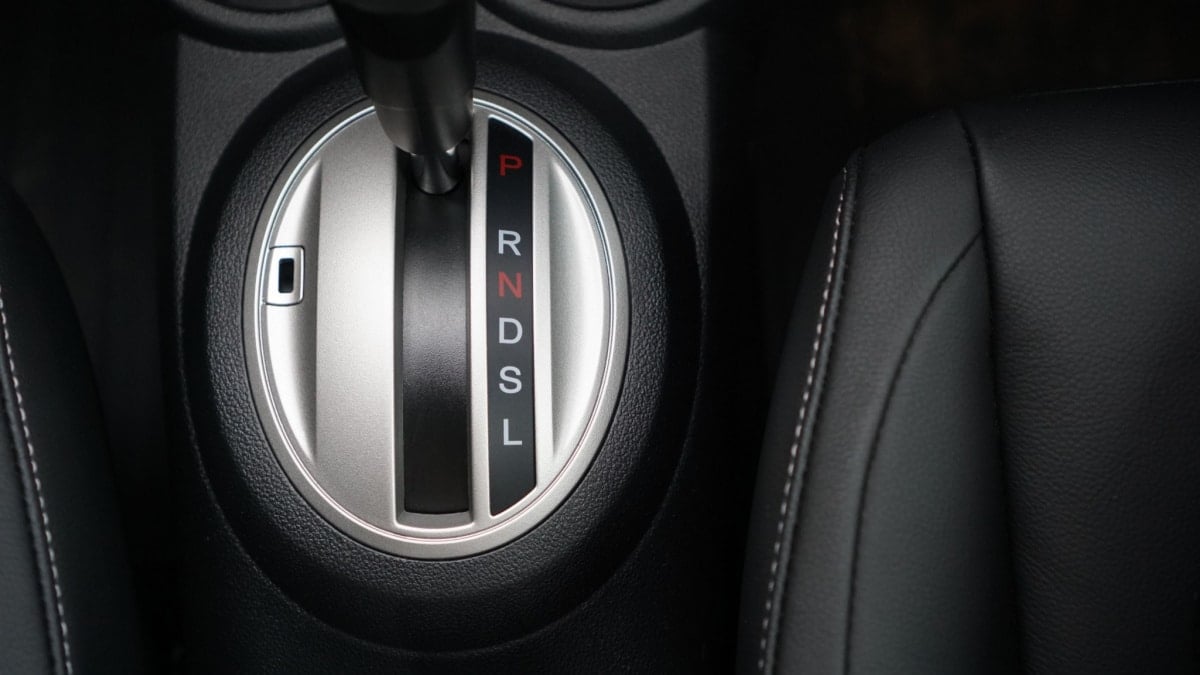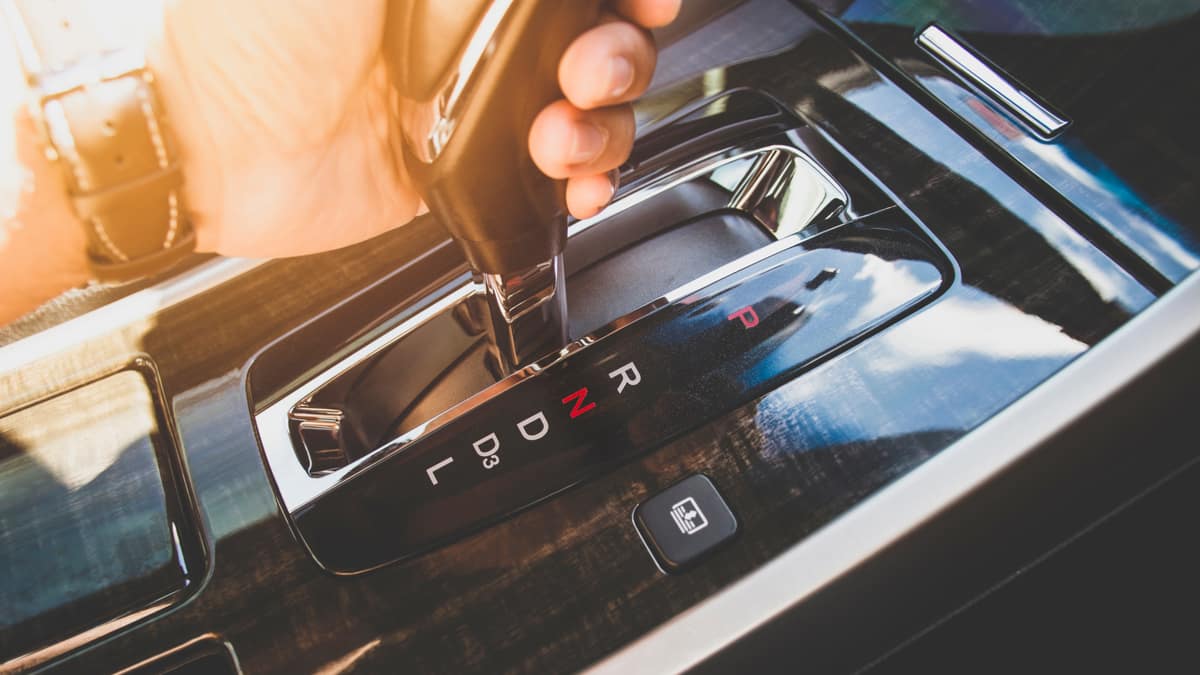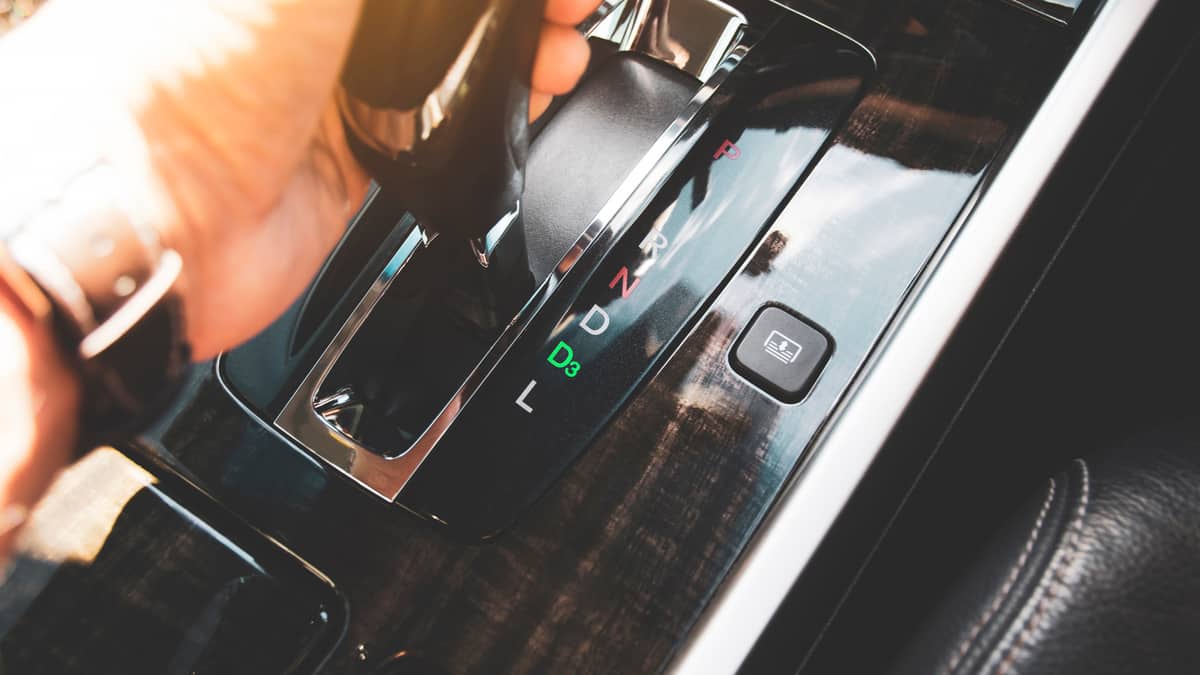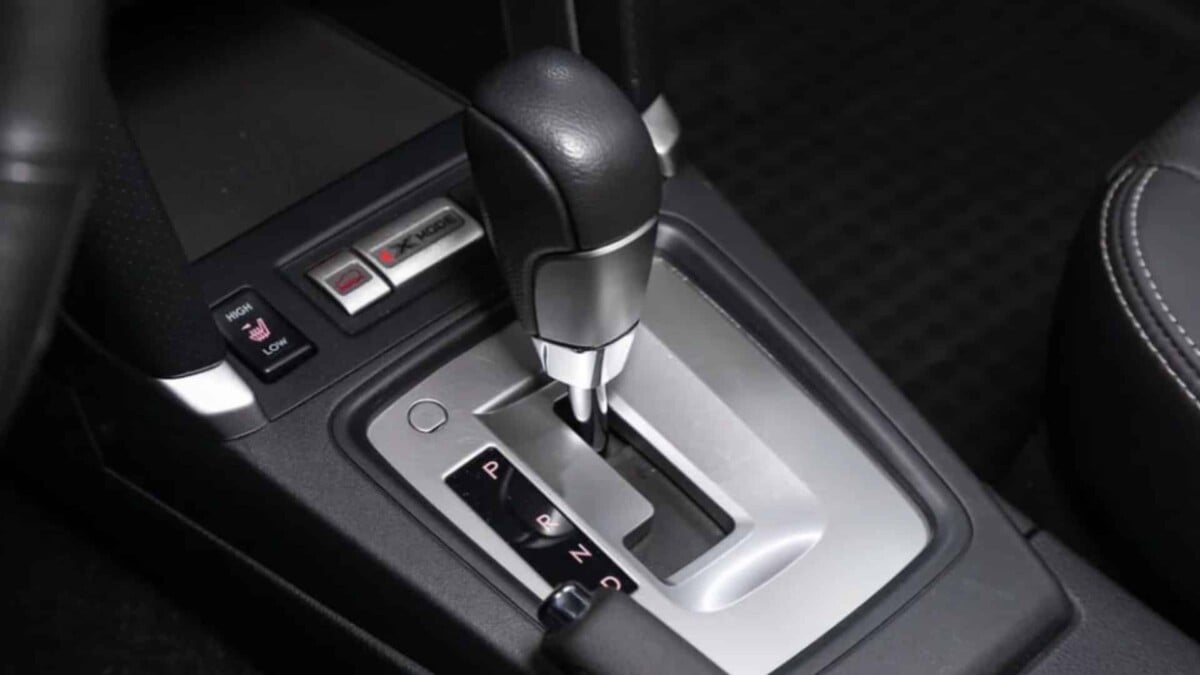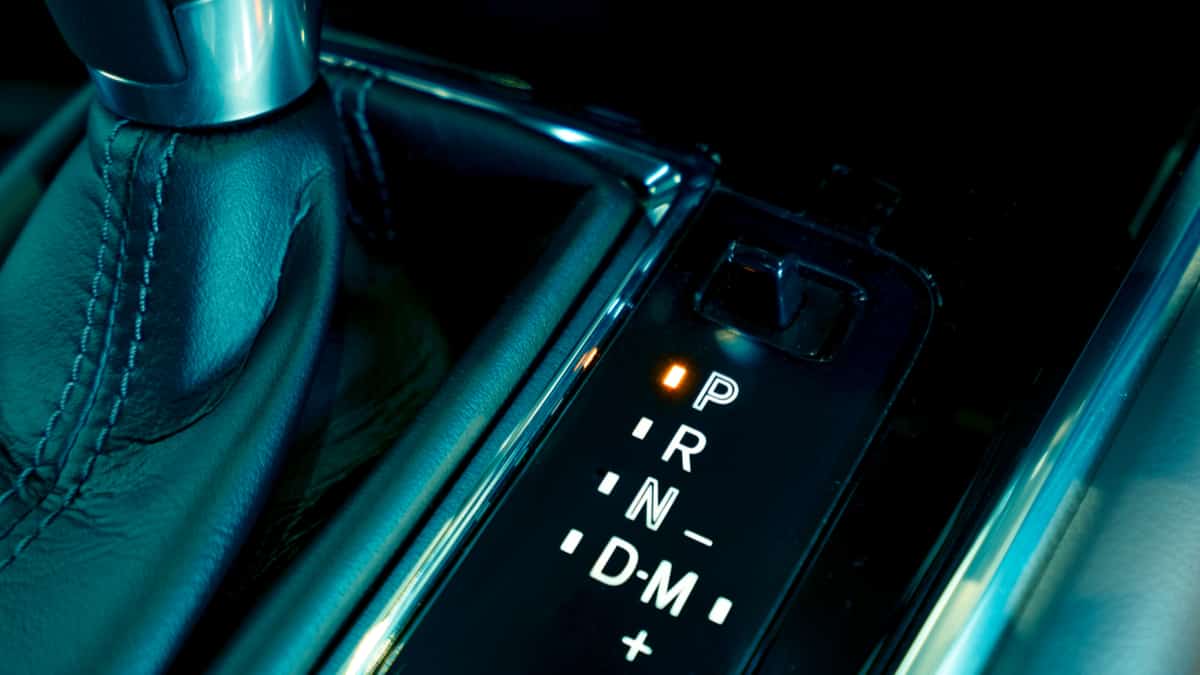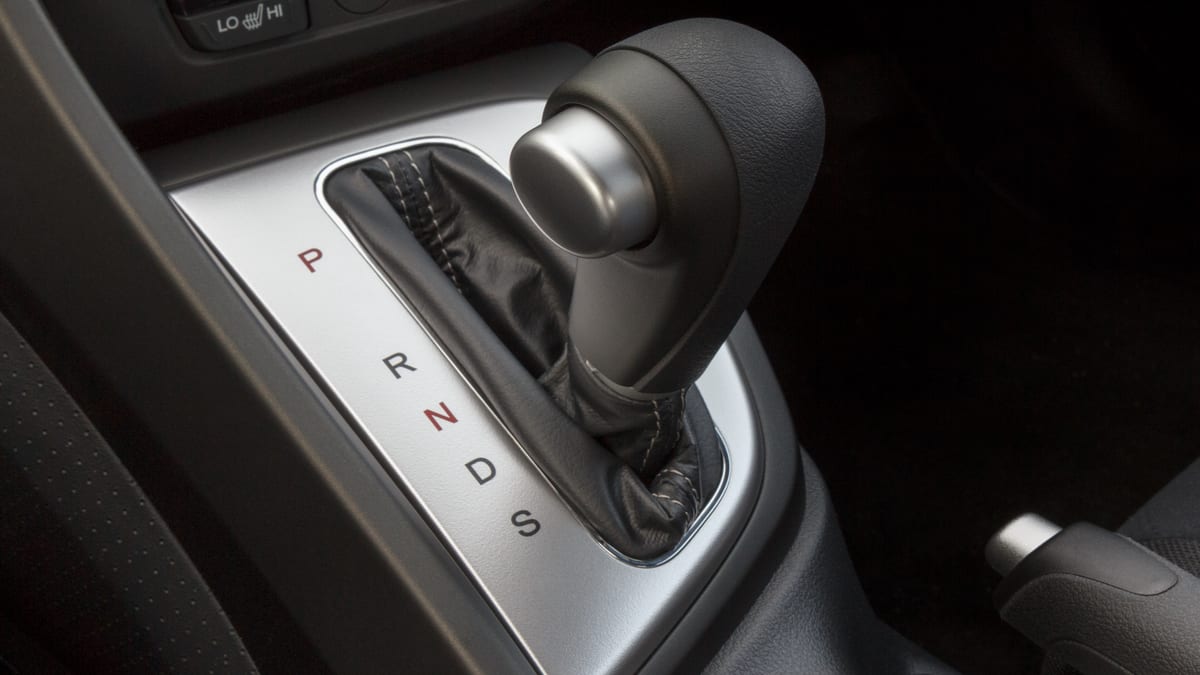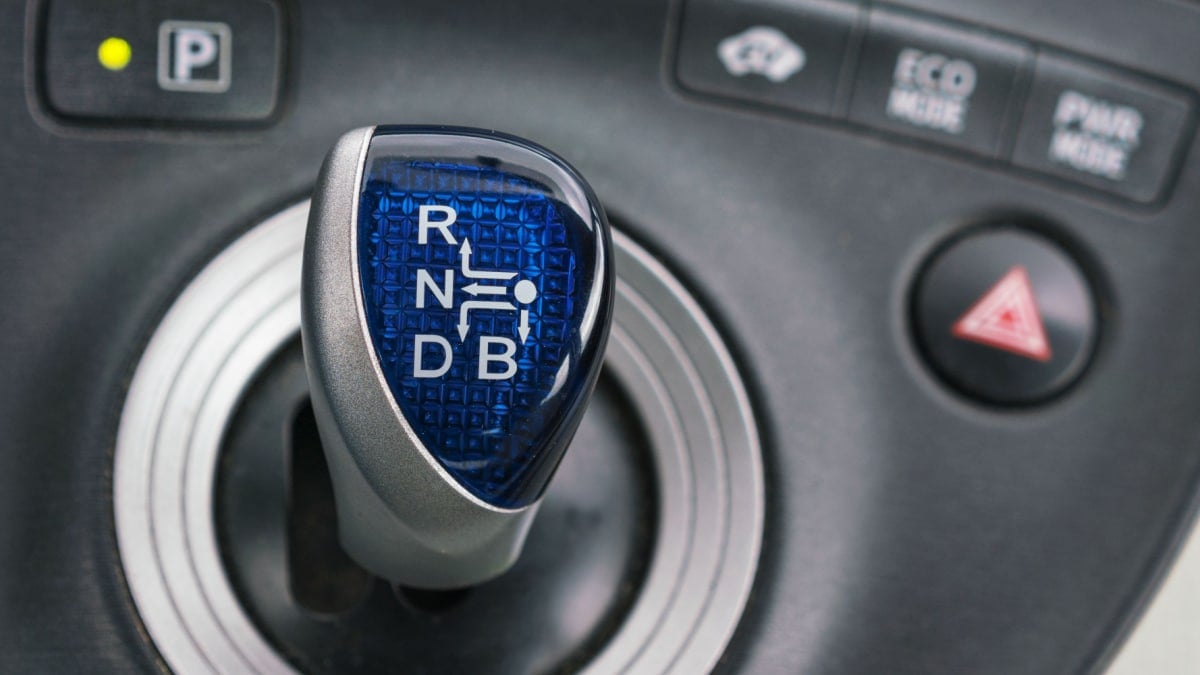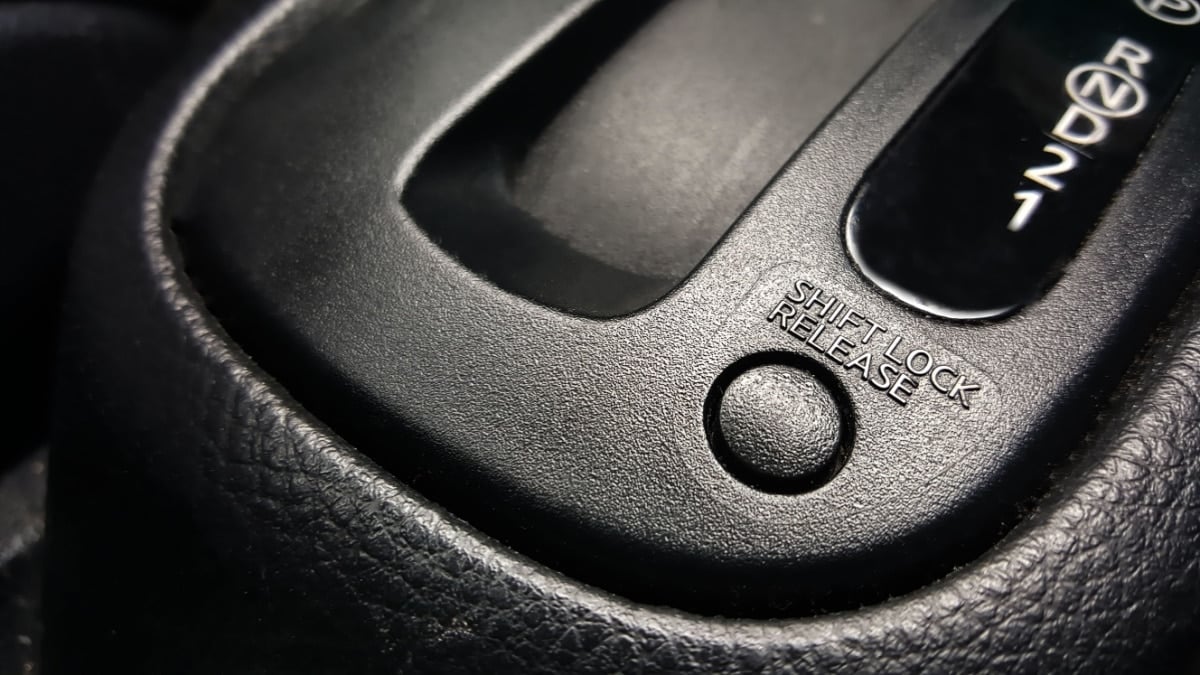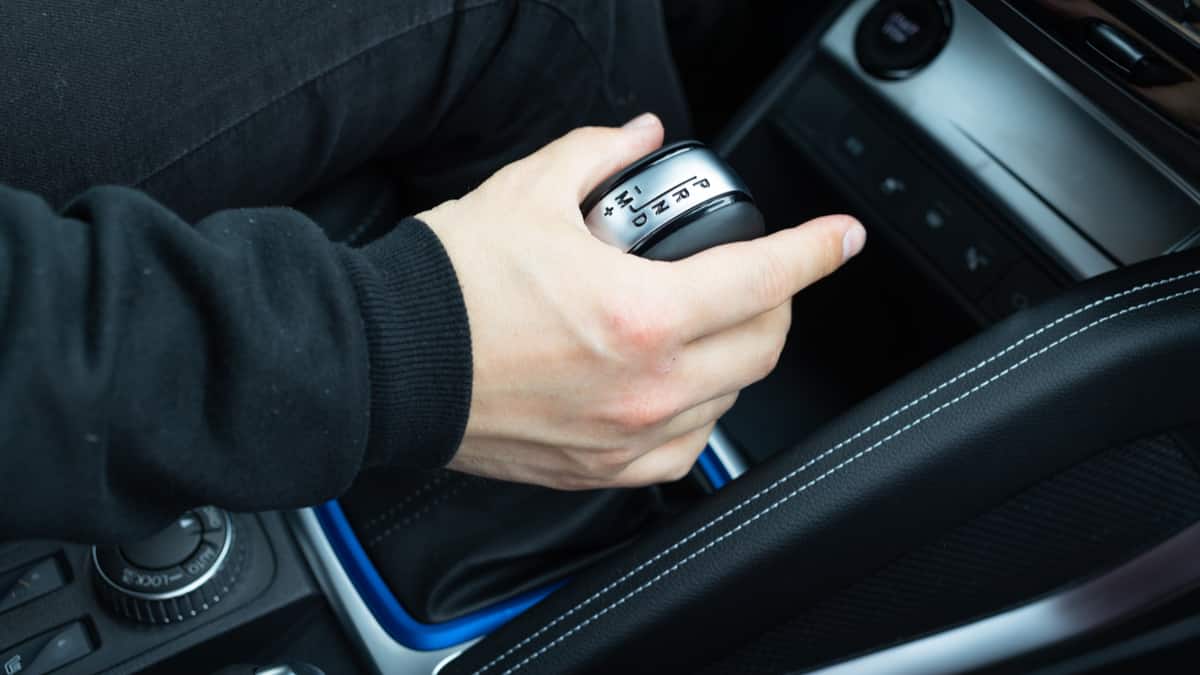Most automotive transmission gear shifters feature the same ordinary options. However, there are some vehicles that feature an “S,” which can cause some confusion. What does “S” mean on a gear shift and when should you use it?
In this article, I evaluate the basics of Sport Mode and show you when it is best to use. I also cover both the pros and cons of the “S” setting, and I show you how it differs from the standard Drive selection. At the end of this guide, I cover if it’s safe to drive in Sport Mode all of the time.
What Does “S” Mean on a Gear Shift?
The S on a gear shift stands for Sport Mode. You can only find the “S” if the car features a Sport Mode. When shifted into the Sport Mode, the engine delivers higher RPMs with the transmission in a lower gear, so the drive is sportier and more responsive.
It’s meant to provide a sports car-like drive with any vehicle. Whether you are driving a family-friendly SUV or executive sedan, you can increase on-road enjoyment if Sport Mode is activated.
However, exactly what the sport mode will do to your vehicle depends on the model. In most car models, the sports mode will only change the automatic transmission settings, while some will change both engine performance and suspension.
RELATED: What Does “L” Mean on a Car’s Gear Shift? (& When to Use it)
Benefits of Driving in Sport Mode
1. More Horsepower/Torque
It doesn’t matter how much power your car produces, there will be times when you still want more. By shifting the gear selector into the “S” mode, you can get more with ease in many car models.
Right away, there should be a dramatic increase in power and torque. It may even help you achieve a better top speed.
2. Improved Throttle Response
When you push the accelerator pedal in “S” mode, you are going to feel the difference. The near-instant power and torque are going to translate into a more responsive throttle.
With this increased throttle, you gain faster acceleration. There’s less waiting around for the power to be delivered, so the 0-60 mph time might be shortened.
3. Tighter Steering
When the car is in Sport Mode, the steering automatically tightens up on some car models. As you turn the steering wheel, the car is going to respond faster to what you want it to do.
If you are on a curvy road or heading over the mountain, you’ll appreciate the fast response. It also helps you feel like a race car driver, even if you are sitting behind the wheel of your family’s people mover.
4. Stiffer Suspension
If you want a controlled ride, everything relies on the suspension. Sport Mode ensures that the suspension offers a firmer feel and it will often lower when equipped with an adjustable setup.
With a stiffer suspension, you will notice less body roll. There’s also a lower center of gravity, so you can handle the curves with ease. However, the stiffer suspension can affect comfort to some level.
Disadvantages of Driving in Sport Mode
1. Reduced Fuel Economy
When you increase the power, torque, and responsiveness of the car engine, you can naturally expect the amount of fuel needed to increase, too. More fuel is going to burn so this power can be produced.
In many cases, the change will be dramatic and noticeable, so you can expect to visit the gas station more often. However, some people find the power output increase to be worth every penny that needs to be spent.
2. More Engine Wear
There was a time when the average engine was only expected to last eight years or 150,000 miles. However, modern technology has made it easier to keep a car engine running 200,000-250,000 miles on average. If you are providing regular maintenance, you could achieve even more life.
However, using the Sport Mode is going to put more pressure on the car engine. If you are overworking the motor for extended periods, you can expect the lifespan to naturally decrease. You may also require more frequent maintenance because of the wear that’s occurring. Consider providing more frequent oil and filter changes if you are pushing the engine to the limit regularly.
When to Use Sport Mode?
Sport mode is reserved for those moments when you need more power, or you are looking to gain added handling through tight corners. For this reason, it’s often recommended to unleash Sport Mode when heading up inclines.
During these times, you can expect the transmission to remain in a lower gear, so the RPMs can climb for better acceleration.
Additionally, if you are heading down a curvy, windy road, you might prefer the Sport Mode option. It can give you more steering responsiveness to handle what’s ahead. It can also adjust some suspensions to provide a more controlled ride, ensuring less body roll.
If you are driving your family to school and aren’t in any hurry to get there, that might not be the best time to activate the Sport Mode.
RELATED: How Fast Can You Drive In 4WD High?
“D” vs. “S” on Automotive Transmission
If you look at the gearshift, you should definitely see the “D” setting, which stands for the standard Drive Mode. When your vehicle is equipped with the Sport Mode, there should also be an “S” on the gear selector. How are these two related and what makes them different?
The Drive Mode is where most cars remain when heading down the road. In Drive Mode, the transmission shifts at regular intervals, based on what the manufacturer decided was best to balance power and efficiency. In comparison, the Sport Mode setting is going to unleash the maximum amount of power at the expense of efficiency.
The Sport Mode helps to keep the engine in a lower gear, so the RPMs stay higher. It’s going to provide faster acceleration and more power overall. However, it’s also going to use up more fuel than running in the standard Drive Mode.
However, either mode is easy to shift to. On the gear selector, you can find either option, allowing you to change it at any time. There are also some vehicle models that feature a Sport Mode button instead of a selection on the gear shifter itself.
RELATED: What Does D3 Gear Mean in Automatic Cars?
Can You Drive in Sport Mode All the Time?
There’s nothing stopping you from keeping your vehicle in Sport Mode all the time. The manufacturer created the car so that it could run in Sport Mode at all times without any restriction.
Does this mean that you should keep it activated? It’s not usually the best decision. For starters, you are going to need to put out more money for fuel. Unless you have an unlimited supply of money, this is going to add up and start to drain your bank account. Additionally, you are going to put more strain on the engine than what’s needed. If you want the car to last, it’s wise to only use Sport Mode when the benefits outweigh the disadvantages.
Beyond that, you might enjoy the ride that Sport Mode provides, but do your passengers? With the stiffer suspension, ride comfort can be reduced. If you are going to drive around town in Sport Mode, it’s best to check with the passengers to see how they feel.
Can you shift from D to S while driving?
Yes. You can shift from D to S while driving. However, it’s important to do it carefully, and you don’t want to have the gas pedal to the floor while you’re doing it. Let off the gas and engage the sport mode gear and wait for it to shift.
Does sport mode use more gas?
Yes. Most cars will use more gas when driving in sport mode than in normal driving mode. However, how much more gas a car uses in sport mode depends on a variety of factors. Some cars will just change the automatic transmission settings and shift gear later, while some will also increase horsepower.
Does driving in low gear hurt your car?
Yes. Driving in a low gear will damage your car in the long run. When you drive in a low gear, the engine will rotate faster and cause more stress on the engine parts. It will definitely shorten the life of your engine if you do it frequently.
Is sport mode good for highway driving?
Sport mode is not optimal for normal highway driving. Sport mode causes the transmission to shift later and run in a lower gear, which will increase fuel consumption and wear on the engine. But if you need the horsepower on the highway, it might be a good idea.
While Sport mode isn’t necessary for most daily drivers, it can definitely be a nice feature to have if you often drive on steep roads or just like to go fast every now and then. Sport mode functionality varies greatly by car model, and with some car models, you get a completely different car when you switch to sport mode.
I hope you enjoyed this guide and now you know everything you need to know about sport modes in automatic transmissions.
Learn more:
Categories: Transmission
